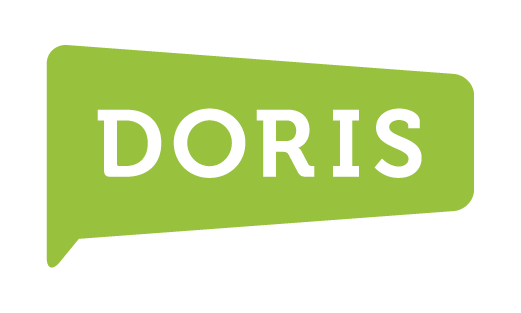In flexible work, define what you mean by “flexible.”
Stand up, reach down, touch your toes. You did it, right?! Maybe not, because you don’t follow the physical instructions given to you by a columnist.
But, what if you were getting ready to go for a run? You might do it on your own then, right? Because you know stretching before going for a run is the right thing to do. Personally, I always do this step *note sarcasm.*
However, if you went to a class to work out and the coach asked everyone in the class to reach down and touch their toes, the chances of your actually doing it are incredibly strong.
Want more of Sam's wisdom?
Don’t miss a single word. Click the button below to subscribe to the IBJ for more columns like this!
A hot topic right now is the notion of employers offering employees a flexible work environment. However, it leaves a lot of us wondering: Just what does a “flexible work environment” mean, and how does it help us to be our best?
It’s easy for all of us to place our own definitions on the term “flexible.” For me, it might mean total autonomy: I come and go whenever it’s good for me; I send all my emails at 2 in the morning. For another colleague, it might mean going into the office every day, but with a varying start time.
Extend this notion throughout an entire organization, then add into the mix that every manager might define flexible differently and set up his or her own parameters, and work begins to look very different across the workforce. We might ask ourselves, “Why does this matter? Why shouldn’t everyone just operate in a way that is perceived to be personally best for himself or herself?” It matters when we start to think about culture.
At DORIS, we define culture as an organization’s values, behaviors and beliefs. When we all start to behave differently based on our own values or beliefs, our collective organizational culture will begin to shift … and maybe even erode.
It’s like stretching before we go for a run. I’m not great at holding myself accountable on my own, but in a class, I generally respect the culture and do the things that are asked of me—I might even like it. However, because a class is more rigid than a solo run, running on my own time some days without stretching might be better. Working on my fitness requires me to understand my flexibility in terms of the when, where and how. The more I frame this for myself, the more fit I will likely become.
It would serve leaders well to think of this metaphor as they put in the effort to design their organization’s definition of flexible. People need to know when the “classes” are held and when it’s OK for them to just go run on their own. The culture of an organization needs to have the flexible plan defined so the workforce can fit its own “flexible” into the plan.
We know this is hard for leaders; it’s a lot to define. Take a deep breath, tighten your laces, and give it a go. You can always change those class times, but leaving it wide open is a recipe for cultural disintegration. No one gets Michelle Obama arms without putting in the work.
Published by the Indianapolis Business Journal

